Why is it that posts are coming through thick and fast down here in Tassie where I’ve had no power and very limited internet connection and facilities? I guess it’s because I feel more like I’m on an adventure here, a holiday of sorts. I have a mission and I’m doing it rather than just living in my caravan wherever I happen to be and I want to record it and keep track. This is my office of sorts where I’ve made all the Tassie posts from, I’ve spent many hours sitting on those hard metal stools wading though all the photos and trying to remember what I did a week or two ago.
So this is the southern most point of Australia. Well at least the southern most point you can get to as a normal traveler type person. This is looking north, if you turn and look south.
Yeah, there’s more land further to the south but it’s just a little peninsula and there’s no way to get there unless you crash through the national park bush or you get dropped off there by a boat. This was my little camp site at the national park, the most southern campsite on the most southern road in Australia.
And this was my own private little piece of beach about 20m from the car.
I tried to go for my wash after the long hike down to the most southern tip but the water was too cold. I got my black shower bag out but there was no sun, so I boiled some water up for a shower. Not what you really want to be doing after a 20km hike, although the water was warm the wind was blowing and it wasn’t pleasant.
Cockle bay down here at the national park is a beautiful spot, there were a few little communities around the area, tiny little places consisting of a few houses mostly right on the coast, or little driveways disappearing into the rain forest with “private property” signs to keep the nosy tourists out.
There was a public fossicking area down in this area at Lune River and I spent an evening camped beside the River in a little free camp spot, but the fossicking area was further on. After a lot of searching back through maps, through government websites checking where it was meant to be, I’m fairly certain that I found it. At least I found a spot in the dense bush where some people had been digging.
I wandered up and down tracks looking around this huge “well known public fossicking area” for more signs of others fossicking but this was all I found, one small area of diggings, I found quite a few small pieces of agate around the old diggings but decided that I needed to get back to some civilization, I wanted to stay at a caravan park so I could have a proper shower and use some power.
Geeveston is a lovely little town in among the forest and throughout the town there are many wooden carvings of celebrated locals. Tourists were keenly photographing the many carvings, especially the larger multi-person ones. Personally this one made me giggle, the irony of a blacksmith made from wood.
Then north east a little further to Huonville, I’d passed through here on my way south and it had struck me as a nice place, just big enough to have all the things you want, yet not too large, right on the Huon river. I was to end up here for 3 or 4 nights. My first time in a caravan park since arriving and I was enjoying the luxuries, well not just the luxuries but also the social aspect. Here I was to meet more cyclists.
This is Hilda and Barbara a couple of Germans who have traveled extensively on their bikes through North America and all over Australia, not bad for a couple of 55 year old ladies you can see their blog site here. And a closer look at their bikes and their gear, I love the fact that they have collected license plates from the roadside and have them on their bikes “displayed” at the rear. One was Tasmanian, but the other is from Oregon.
That afternoon after they’d ridden off I noticed another cyclist had pitched his tent on site. I ran into Ashley later in the camp kitchen and we chatted for quite a while. The following day was raining so he stayed an extra day, after all he said, he wasn’t in serious training at the moment. that night we had a few glasses of wine, cooked and ate while chatting further. Well I had glasses of or wine he drank out of his bottle. This is his bike.
Ashley was on a whole different level to the German girls. On the ferry trip to Tassie you must hand in all your flammables, then pick them up when you arrive on the island after getting off the ferry. Ashley handed in his small gas stove enclosed in his camp cooking gear, but after getting off the ferry, decided that he didn’t really need it, so never picked it up. He has minimal gear, no cooking gear, no plates, no cup, just a pocket knife and a spork (look it up if you don’t know). I gave him a plate and cutlery when we ate that night, but he was set to eat his sausages and vegetable straight from the camp kitchen hotplate using his flat bread.
He refused to take the plate or cuttlery saying that he still had too much gear. He did have a laptop in a plastic case and a bag of chargers for laptop, GPS, phone, etc. Quizzing him on how he went about daily eating he said that he’d buy 1kg blocks of cheese and always have that and bread, so he’d wrap big chunks of cheese in bread, high energy food. He’d often leave breakfast until he’d reached the next town where he’d then buy a coffee and breakfast. Food was something he ate when he needed to or when he was able to. Most other touring cyclist I’d met have everything well planned, oats and powdered milk for morning porridge, lunch sometimes prepared before leaving, usually nuts and dried fruit, pasta, fresh fruit and other assorted camp type foods.
Now when I said he was a different sort of breed, to give you an example last year he did what is widely known as the toughest bike race on earth, forget the Tour de France, this is the Tour Divide. So what makes it tough? The 4,500 km course starts in Canada, criss-crossing the mountainous continental divide all the way down to Mexico. Riders must be self supporting, they need to carry all of their food and water supplies, or buy them along the way, the trail is off road and unmarked on mountainous tracks and dirt roads passing through vast wilderness areas with bears and other dangerous wild animals. So you need bush skills and navigational skills as well. Riders carry GPS beacons which track the contestants movements and rest periods over the course of the race and generally they spend upwards of 16 hours a day riding with some people riding for days at a time without breaks over some sections. There are no breaks and no checkpoints, you just get to the end as fast as you can.
This was Ashleys path in the 2016 race, there were roughly 150 people started the race with the winners cycling over 300kms a day. Less than 90 people finished the race and Ashley came in 15th overall, finishing in 21 days. That’s averaging over 200kms a day of off road mountain biking, over mountains for 21 days straight. Not bad for a 53 year old. He wants to try again this year to beat his last time.
OK, I’ve changed my mind. Pathetic! I was just reading about the winner of the race Mike Hall, he also holds a couple of different other records and race wins. He won the unsupported around the world bike race circumnavigating the world in just 92 days, beating the previous record holder by almost 2 weeks. There were only 9 other contenders in the race and he averaged over 320kms a day to beat the others by several days.
This building contains all the toilets, showers and the camp kitchen at the Huonville caravan park, the place is really well set up and made from two shipping containers, all the showers are down the outside of this closest container and toilets are all down the side of the other container while the space between them is a huge well equipped camp kitchen with bbq’s, pizza oven, tv, fridge, kettle, toaster, etc, everything I could ever need in my large spacious office. At the far end there are washing machines and driers as well as hand basins, it’s all very well thought out by the owners who traveled for a couple of years before setting up here. All lights are operated by motion sensors, the top sections of all shower and toilet doors are opaque so you can quickly see which are occupied because of the interior lights and you can’t leave lights on anywhere if no one is around.
The sites are big and well marked.
And the whole park is sited on the edge of the Huon river where there are fish and platypus evidently.
The park wasn’t always this empty. Good parks are all about good design and good materials, check out the water supplies, no loss of pressure due to small pipes around here, all the pipes are this size.
There are Webber barbecues and picnic tables dotted around the park as well.

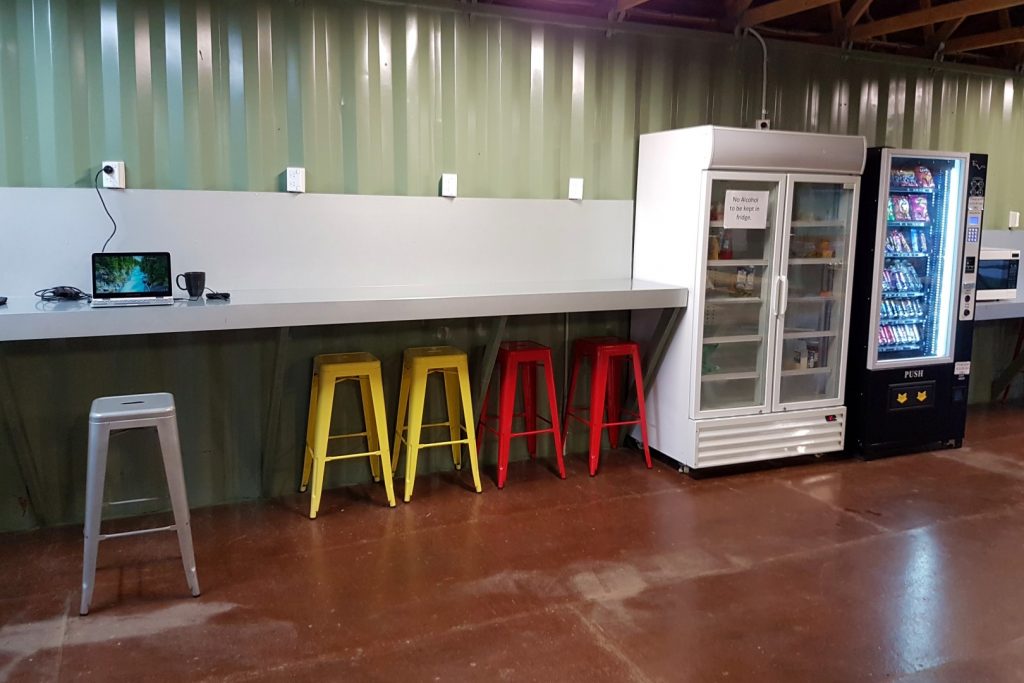
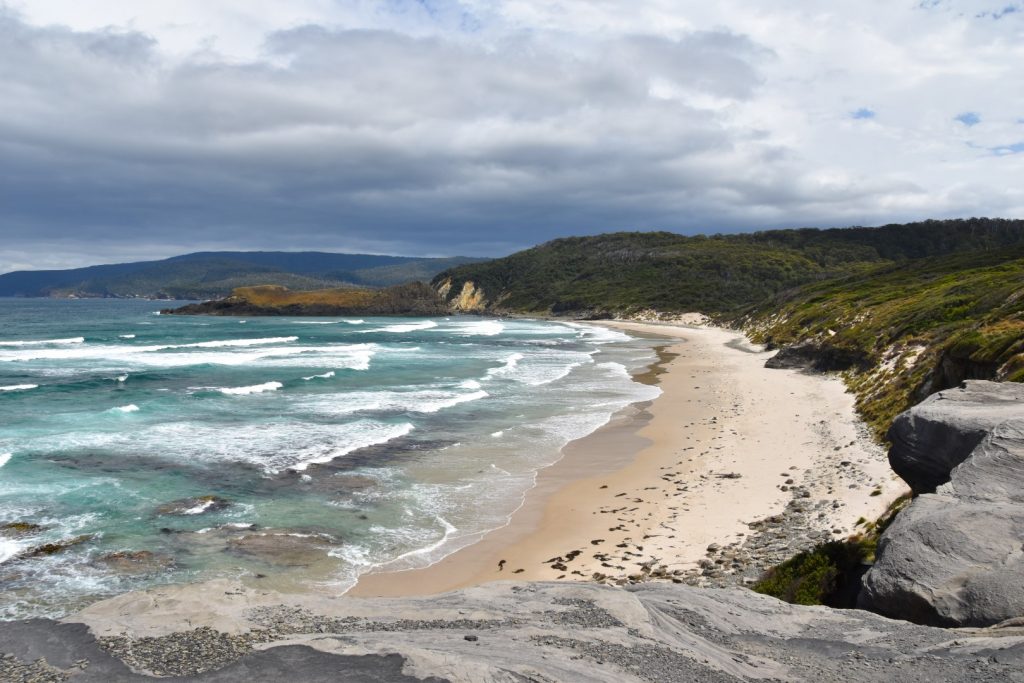
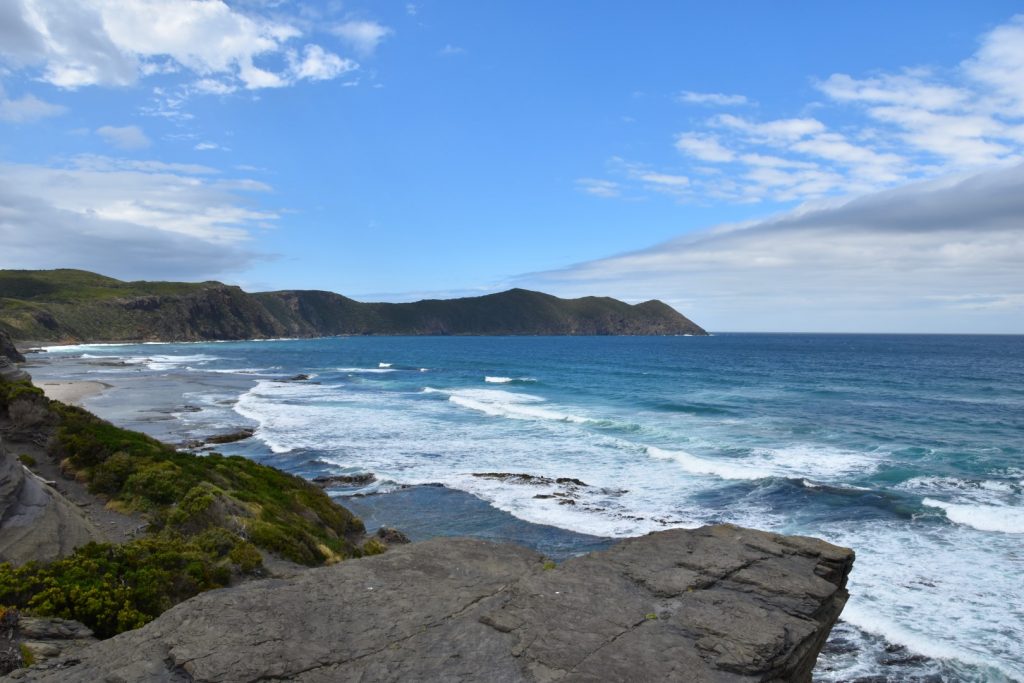
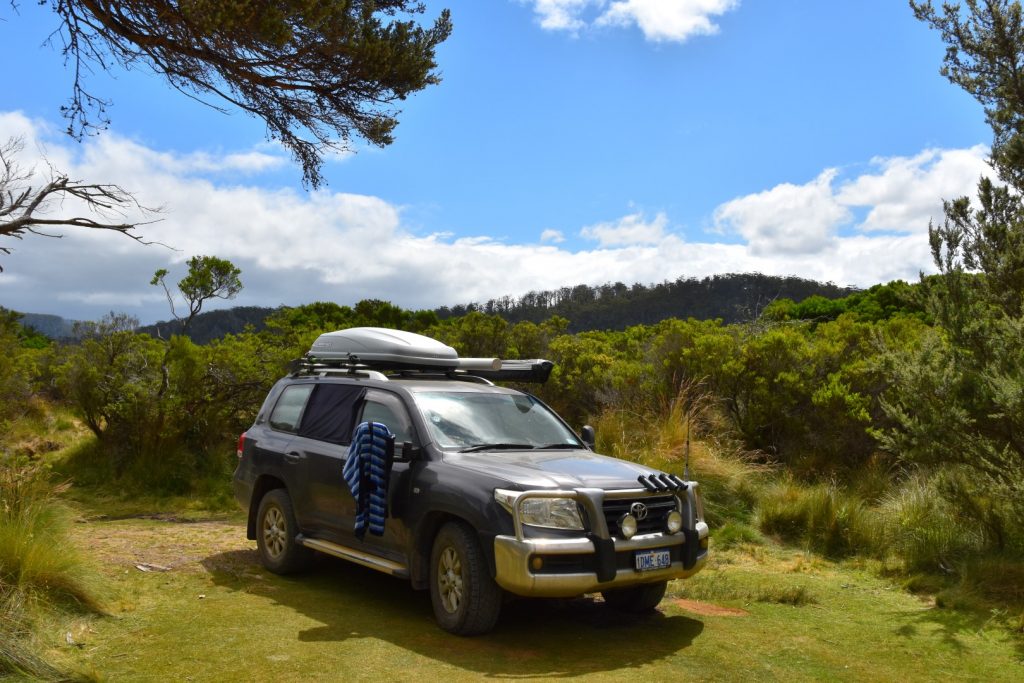
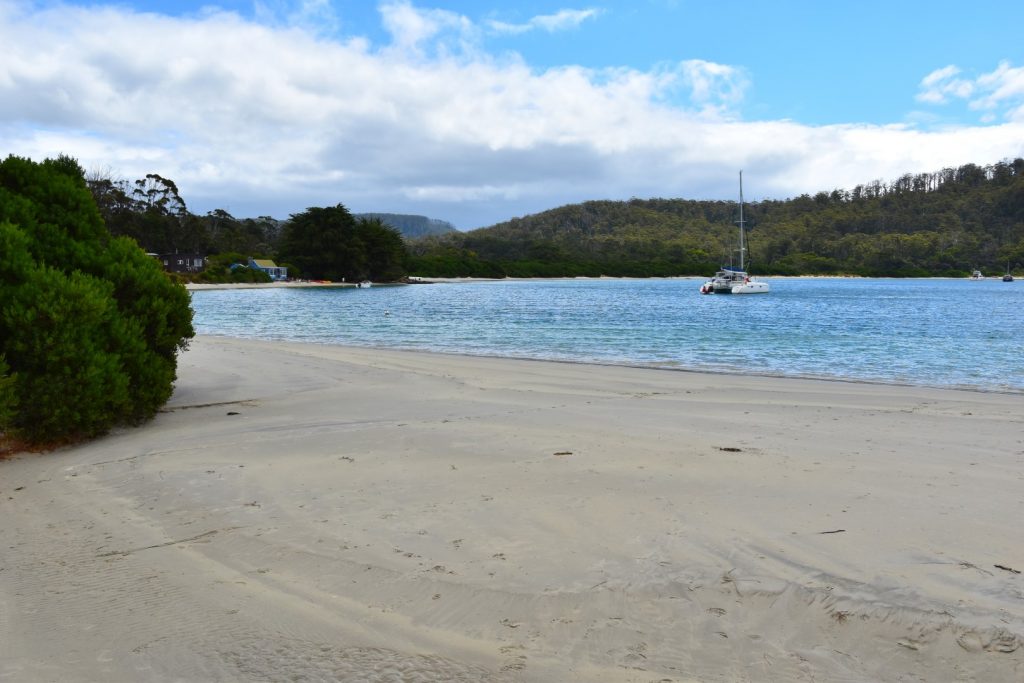

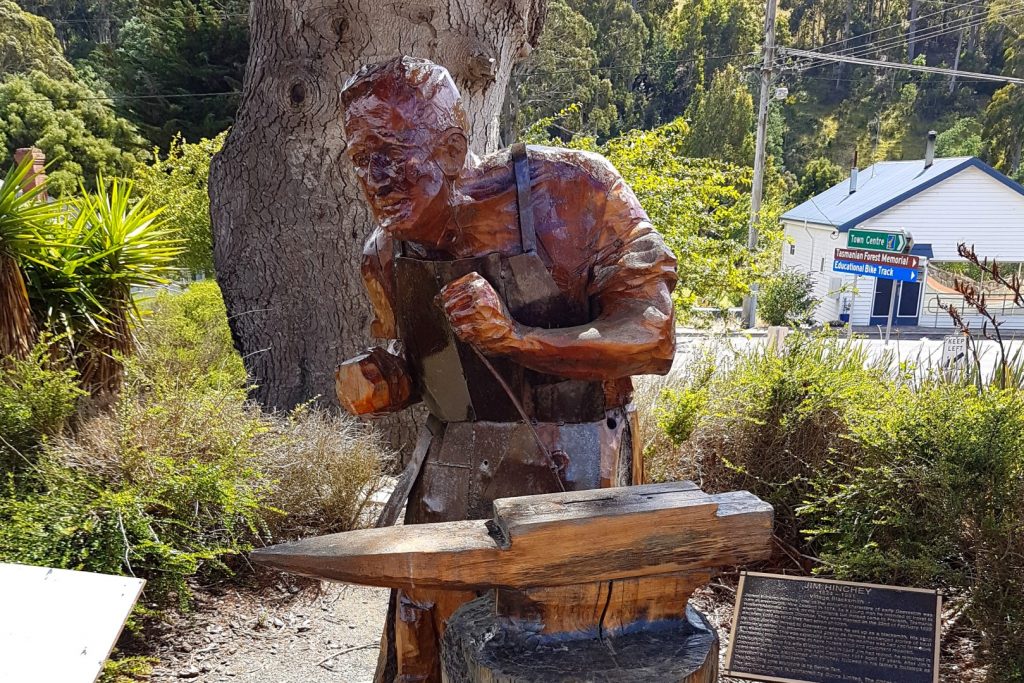
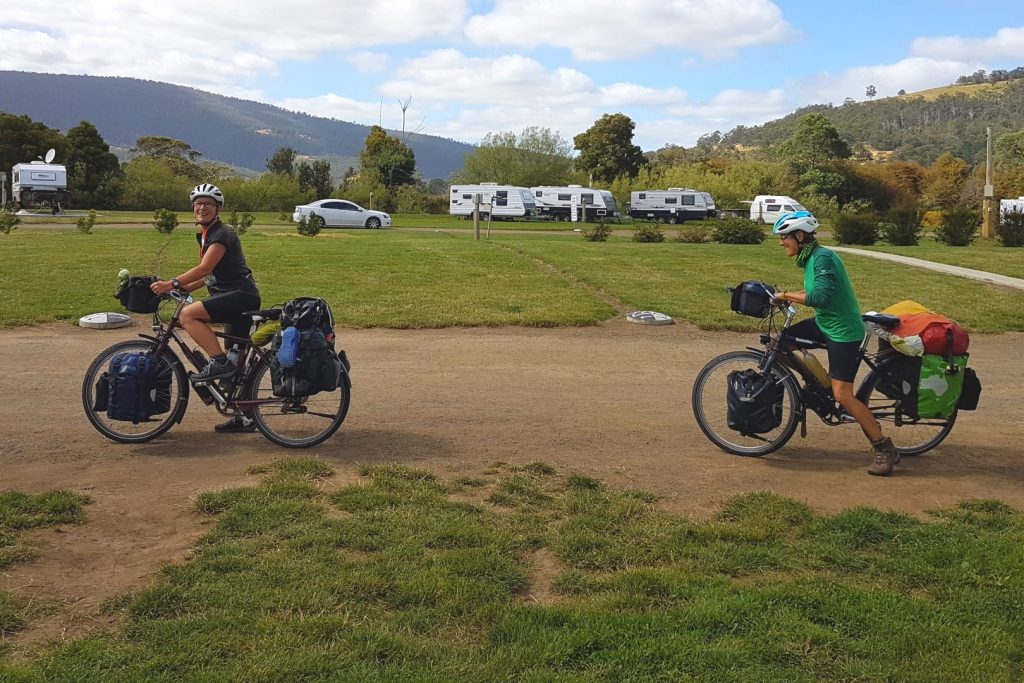
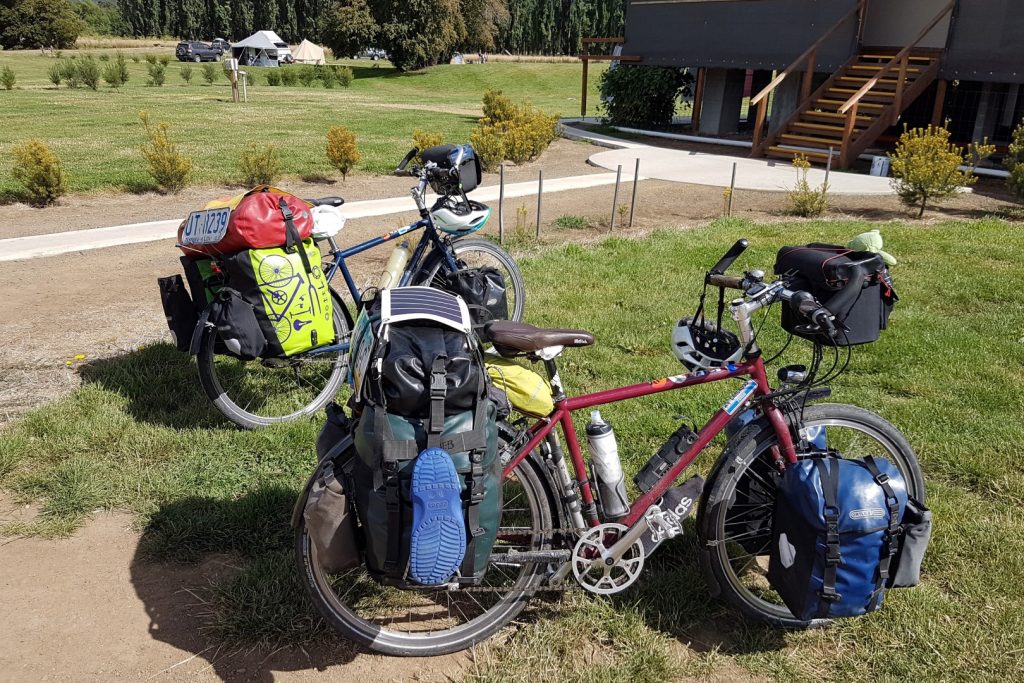



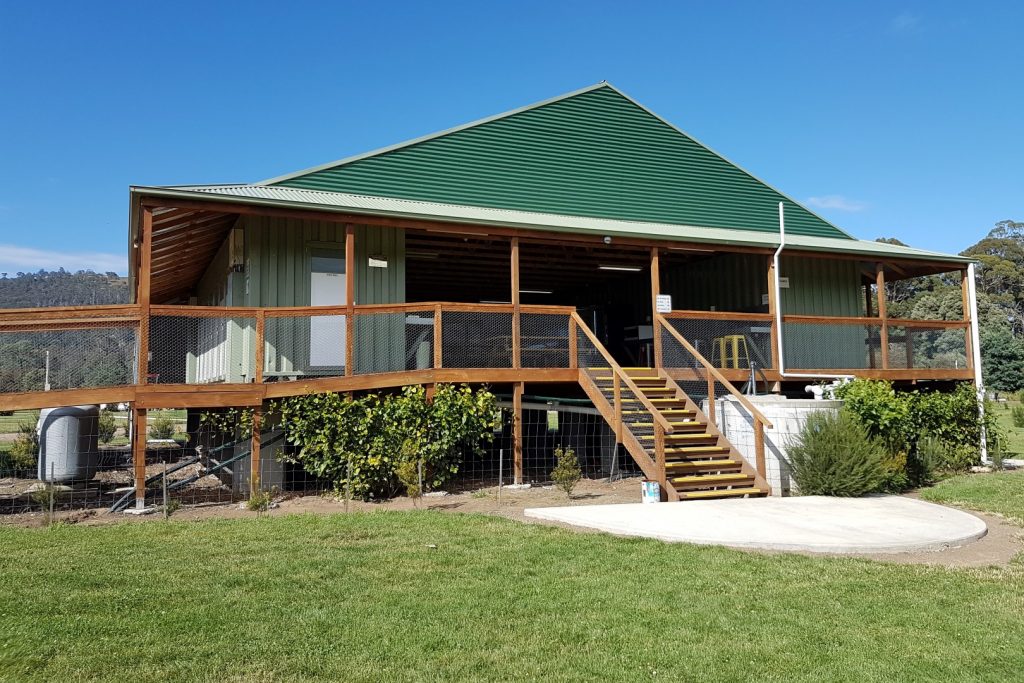
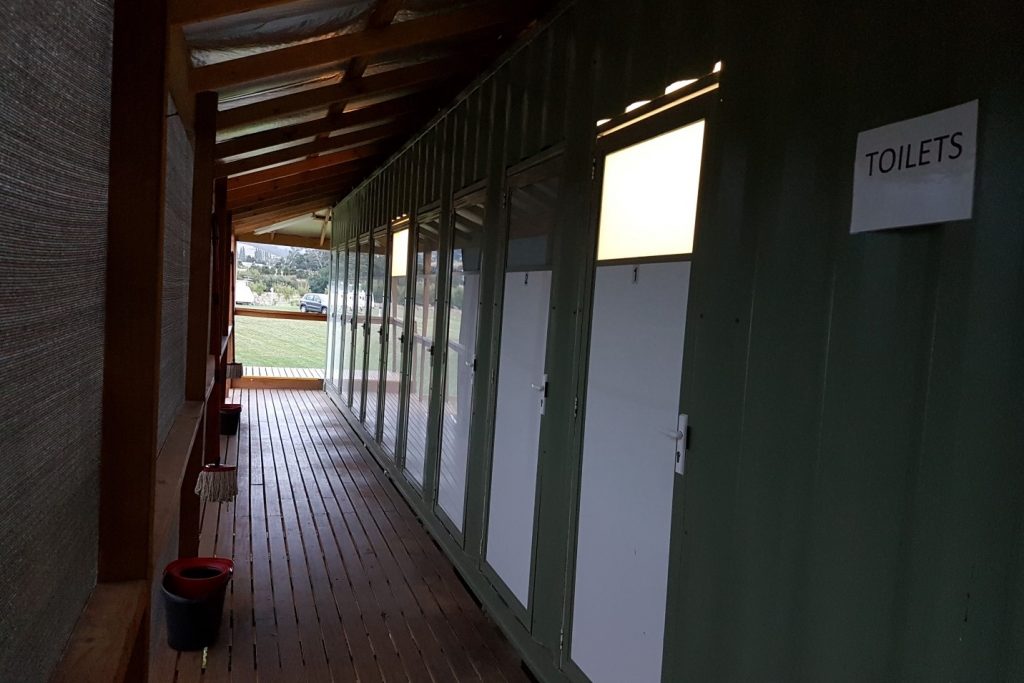
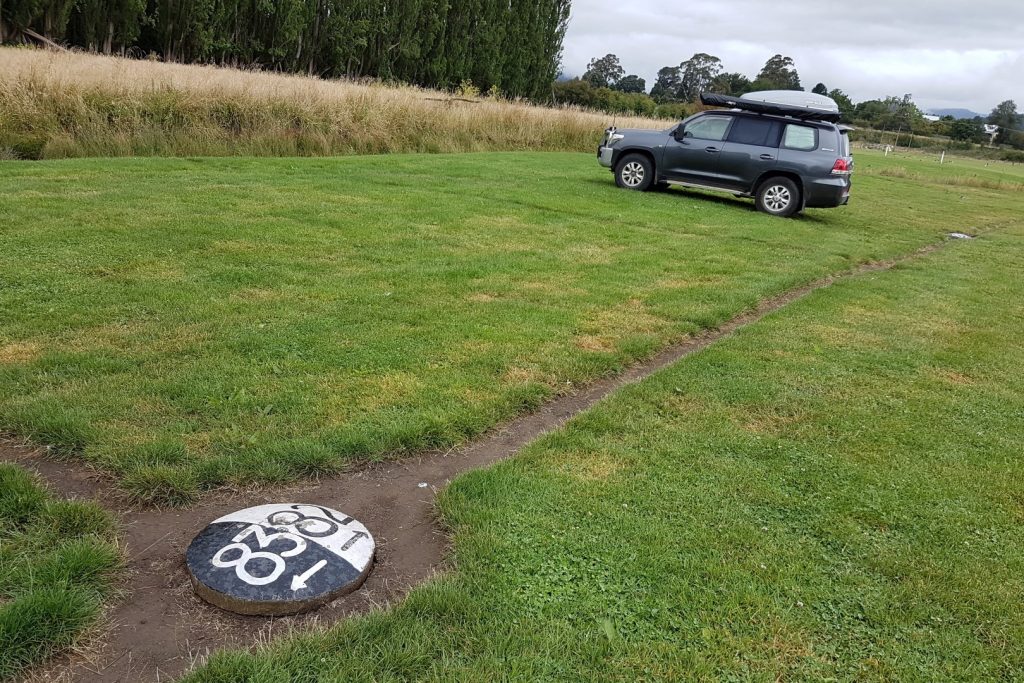
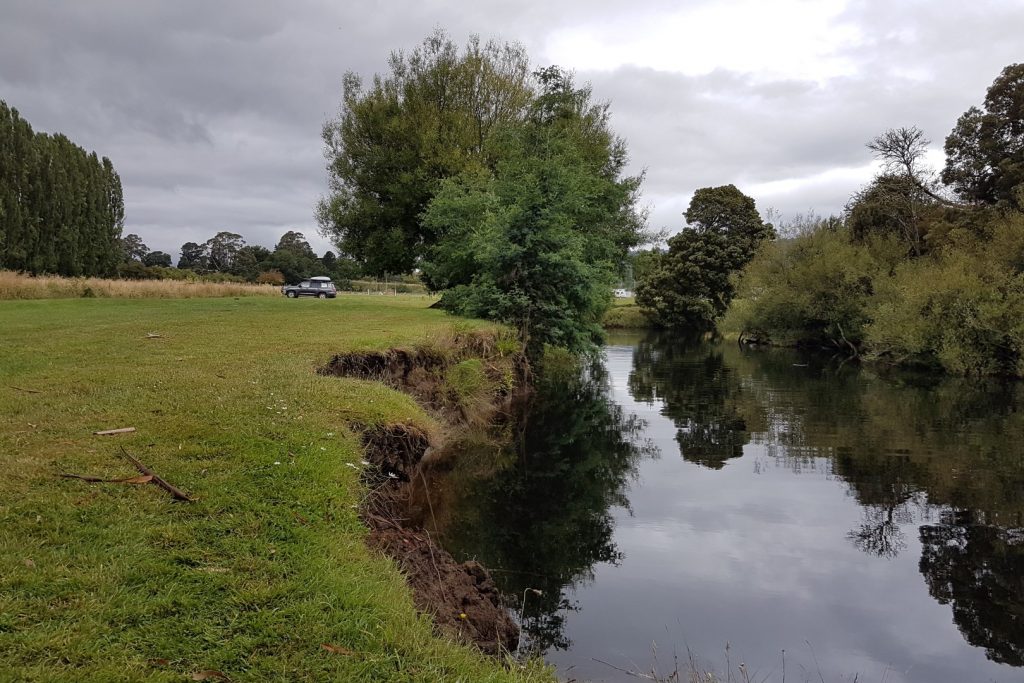
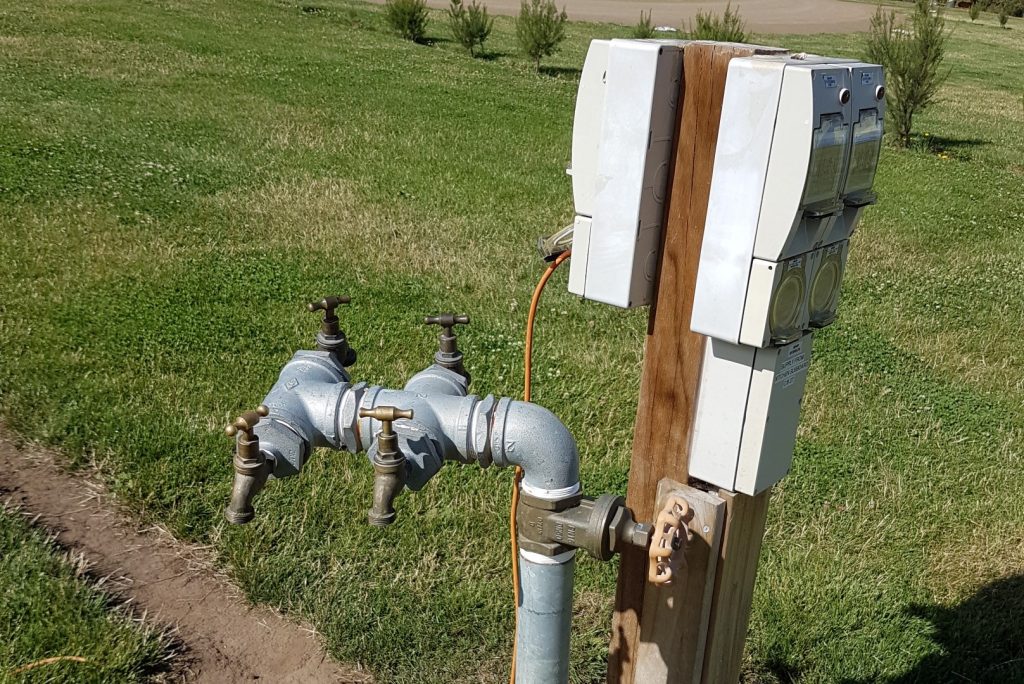
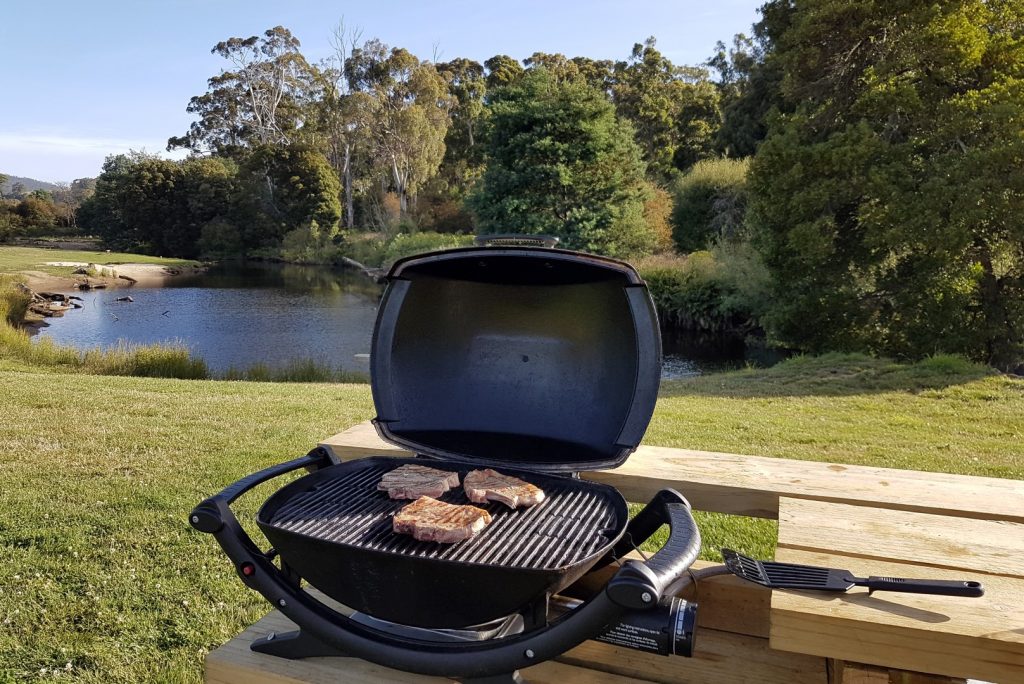
No Comments